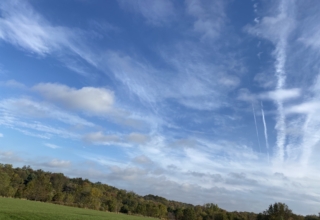
How Are Theory and Practice Linked?
Theory provides both a deeper and more comprehensive understanding of human behavior. Useful frameworks for achieving this understanding include theories of humanistic psychology; cognitive-behavioral therapy; transactional analysis; theories of intelligence; neuroscience; theories of culture, gender and aging; and theories of the relationship between emotions and the body.
Theory gives you a way to approach clients within a social context, be that their work, family or social network. Applicable frameworks include theories of organizations, leadership, and team and group behavior, as well as theories of family and organizational systems.
Most coaching engagements involve some form of change. Clients might want to develop more skill in a specific area, enhance their outlook on life, or change less-than-skillful behavior patterns or attitudes. Theories of change are critical in helping with this transition. Theories of change can also support coaching for conflict management or career or personal transitions.
Increasingly, many of our clients are becoming more aware of the desire to increase their satisfaction with life—to experience more joy, more serenity, more meaning. There are any number of traditions, including self-help, personal growth concepts and spirituality, which lend insight to and increase awareness in our clients.
How is Theory Employed in a Coaching Engagement?
Theory can inform the approach you take to a coaching engagement. For example, adult development theories can help you understand what a client needs from the engagement and help you select stage-appropriate coaching tools and tasks. They can even clue you in to a client’s emotional state.
Tapping into a theoretical framework can enhance the breadth and scope of your understanding of human behavior, expanding your coaching tool kit. For example, a coach who has studied theories of human behavior and change has a context for how change occurs, what visible signs support or sabotage the client, and what it takes to navigate the process.
Theories become teaching tools. For example: A client who is going through personal or professional changes might find understanding and emotional relief by studying a framework such as William Bridges’ transition model and discussing its application to her situation.
As coaches, some of us seem to have an instinctive ability to draw people toward greater insight; some of us have to work at it. But we all need to understand what we do when we coach and recognize that coaching is not a profession that arrived fully formed. Rather, it has grown from a history of wisdom and study and been refined by individual practitioners and the protocols of our coaching schools.
The theories and traditions that gave rise to coaching might be thought of as the profession’s prehistory—ideas developed in entirely independent fields before coaching in its modern sense was conceived of. But far from dry or academic, these explorations have the power to continually reignite our sense of coaching as a living practice.
___________
Download Article 1K Club
















